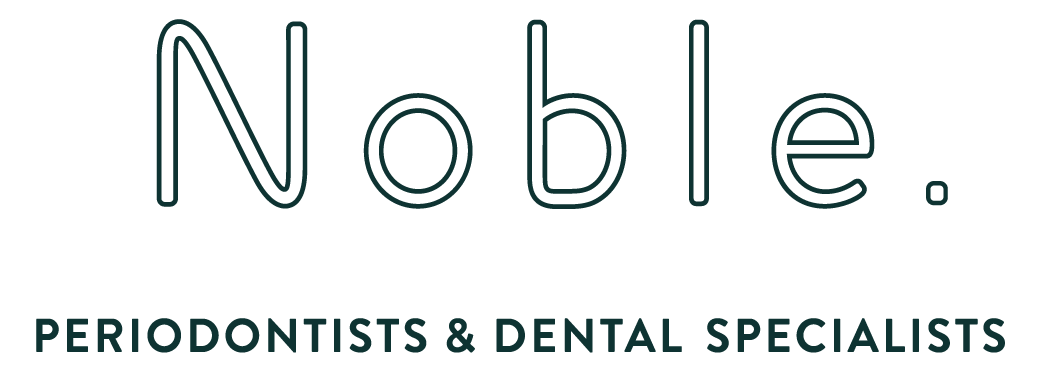A review of Subantral Bone Grafting in Preparation for Dental Implant Placement
A review of Subantral Bone Grafting in Preparation for Dental Implant Placement
More dentists are becoming aware of the possibility of placing implants in the posterior maxilla where there is little alveolar bone and the sinuses are pneumatized. There are many techniques that have been documented since the 1980’s and the Boston Symposium in the late 1980’s brought clinical practice and collective scientific research together. Why is subantral grafting so commonly needed? Posterior maxillary teeth often have roots that are enveloped in a thin layer of maxillary bone. Once removed the function of this alveolar bone is lost and the remodeling of the floor of the antrum appears to invade the space. The question many patients ask is can implants be placed and just how painful is will it be?
If the residual volume of bone is sufficient and the height is 5mm often implants can be placed simultaneously with a subantral graft. The Summer’s Osteotome technique offers a predictable way to supplement the peri implant supporting bone. Bone graft material is introduced through the osteotomy site and infractured with a sharp ended osteotome. As more graft is added the Schneiderian membrane is “lifted” and the implant can be placed. A post implant radiograph can confirm the graft material is well contained in the subantral space created.
In most cases, patients describe this technique as being minimally uncomfortable to next to no pain. Healing times will vary for this technique but typically up to 4 months is adequate in a healthy patient.
Where there is less than 4mm of alveolar bone remaining, often a staged approach is needed. This means a conventional lateral window is created and the window and membrane is infractured. Once the access is created autogenous bone with or without deproteinated bovine derived bone mineral (Bio-Oss) can be placed in the site.
For patients who refuse animal sourced grafting materials products like Straumann’s alloplastic material (BoneCeramic) can be used. However, our initial clinical impression is that it seems to take longer to work and has few clinical studies
More recently I’ve tried a technique to save time and expense to the patient. This technique is reported by Paul Fugazzotto, J Periodontol. 2002 Jan;73(1):39-44, with cumulative 3 year follow up. After attending his lecture in Melbourne, I have used it many times with good success. When a maxillary molar is extracted you are often left with an irregular site with diverging holes and a central core of bone. Using traditional drills they often chatter from the irregular walls of the osteotomy. Paul’s technique involved using a trefine drill and infracturing in the core of bone using an osteotome. This method is highly technique sensitive but has good long term results as reported. In 137 sites restored, 97.8% success. This technique offers reduce surgeries and healing time needed for an otherwise complex and staged procedure.
It will be interesting to observe long term results from improved surface technologies e.g. with the SLActive implant which is showing nearly double the bone to implant contact at 3 weeks when compared to SLA. New studies need to report if there is less healing time needed for osseointegration and restoration where there has been sinus grafting. Early failure in compromised and grafted bone may be reduced if these technologies deliver what they promise.
Overall, the sinus graft has become a standard part of implant dentistry where there is reduced bone available in the edentulous or partially edentulous patient. These techniques have been well documented. Although technique sensitive subantral grafting can be done staged or simultaneously with implant placement. Bone substitutes have reduced the need for extensive autogenous grafting. In a novel technique described by Paul Fugazzotto, extraction, bone grafting and implant placement can be accomplished at one stage.
Richard Longbottom BDS (Otago) MS (USA) All rights reserved ©




